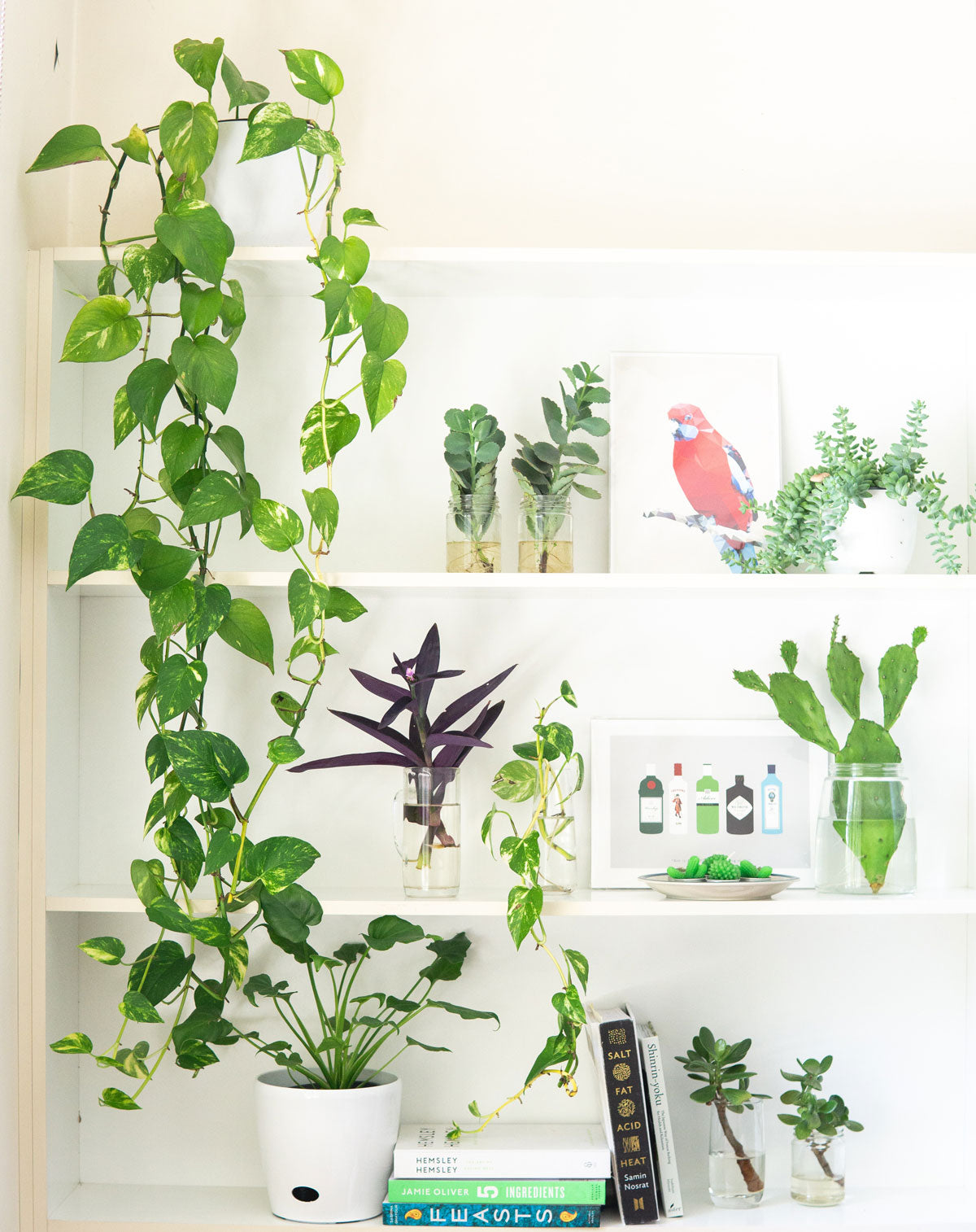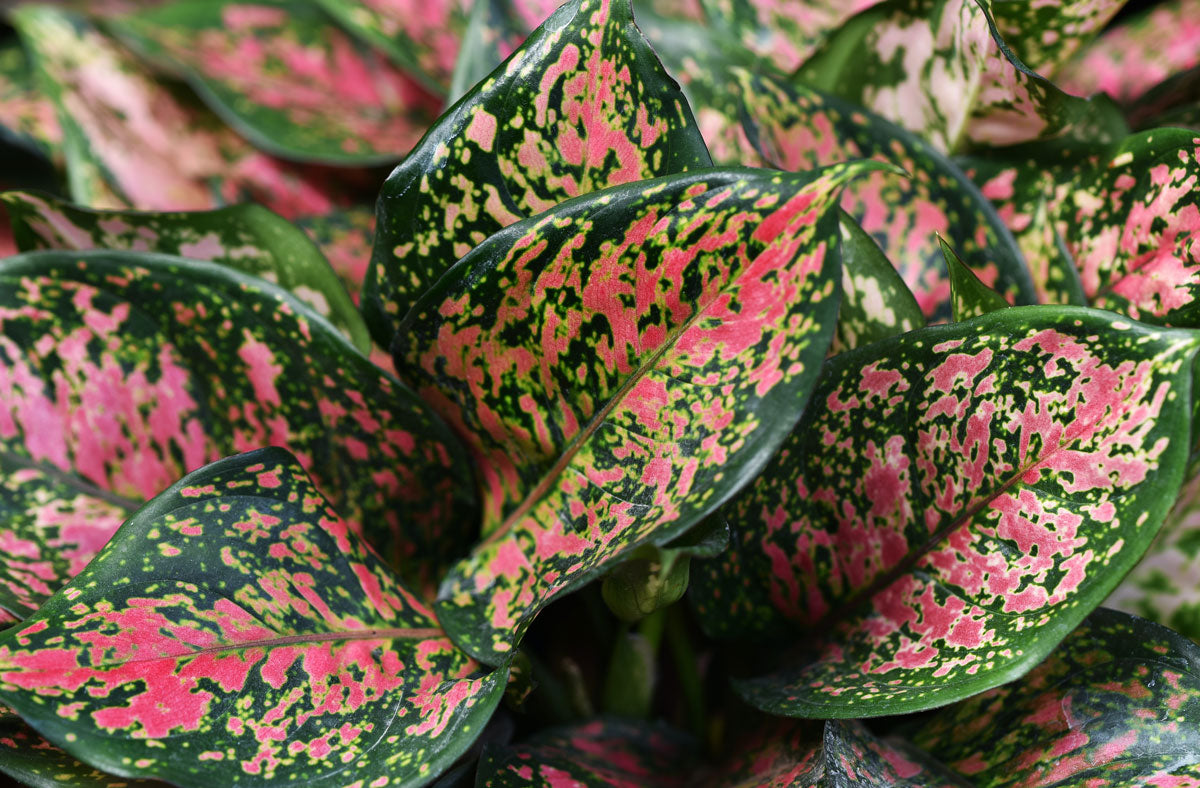Indoor vegetation is a design tool that enhances vitality and provides a cozy environment. Plants can be accents that transform spaces and, at the same time, improve our quality of life.
As tools for interior design, plants can break the stiffness that dominates contemporary style by adding organic lines. Whether indoors or outdoors, vegetation adds an aesthetic value and has an impact on both our health and mood. In the 80’s decade, NASA along with The Associated Landscape Contractors of America (ALCA) did some research on the benefits indoor plants offer. The results concluded that some plant varieties are an important aid when it comes to improving the quality of the air by increasing humidity and absorbing volatile organic compounds (VOCs), which produce respiratory illnesses. Recently, vegetation has been considered for working spaces also, since its benefits help people concentrate better and improve their performance at work.

Indoor plants offer the opportunity to bond with nature, even when there is no garden or park nearby. The following plants are popular for their air cleansing properties and are also easy to maintain.
Sansevieria: Devil’s Tongue / Mother-in-law’s Tongue
These plants are extremely resistant to precarious environments, like those poorly lit, with little water or changes in temperature. They are popular for interiors, since their rigid leaves provide vertical geometries; they can be up to two meters tall. They are among gardening enthusiasts’ favorites for their adaptability.
Care: They adapt well under indirect light, whether low or brilliant. They should be watered when the substratum is dry.

Chlorophytum comosum: Spider Plant
It is suggested for people who have just started enjoying the art of gardening, due to its high resilience. It can live indoors with low light and requires little watering. It grows as cascade, dropping new bundles, reason why it is ideal to place it in high places. It can elevate humidity in a room and purify the air from toxins or carbon monoxide, among other properties.
Care: It can spend up to 10 days without being watered; it needs it only when the substratum is dry. Indirect light.

Spathiphyllum Wallisii: Peace Lily / White Sails
This is a very commonly used plant for indoors, both for its air purifying properties and its adaptability. With few requirements, this plant produces white flowers that blend with the leaves. Its maintenance is easy, because its leaves tend to bend when they need water. It can survive in low light, although it is better for it to be under partial shade.
Care: Low to high indirect light. Keep substratum wet.

Epipremnum aureum: Golden Pothos / Ceylon Creeper
Plants from the pothos family are a popular climbing kind for interiors. Their Golden Pothos variety is a good option to include touches of color, since their variegated leaves combine yellow and green hues. They can be used to fill the space in a diverse way, since they can grow and let their leaves fall or grow vertically, aided by a guide.
Care: Indirect light. Water when substratum is dry.

Aglaonema Commutatum
Aglaonema is a plant family native to Asia, featuring an array of different colors. Their popularity for interiors is due to their adaptability for windowless rooms, they can grow with fluorescent light, reason why they are commonly found in offices. The red aglaonema kind can be used as a decorative accent, since it has variegated leaves in red, pink, and green hues.
Care: Any indirect light. Water when soil is dry.



